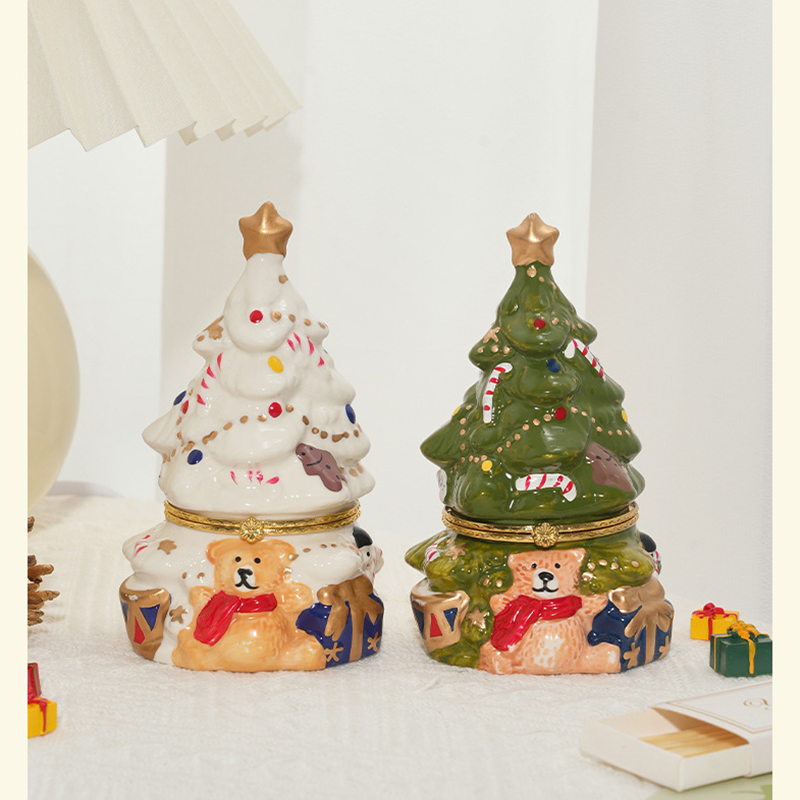Oriental Culture and Creativity Inspired Fragrance Journey | ScentSerenade
** Paws and Aromas: Tail-Wagging Tips for Making Use Of Vital Oils Around Your Hairy Bestie **.
(Safe Diffusion Practices for Dogs with Essential Oils)
Photo this: your pet dog stretched on the rug, tail thumping lazily, as a murmur of lavender wanders through the air. Necessary oils can turn your home into a zen den– for both you and your dog. Yet prior to you change your living-room into a canine health club, let’s seek the dos and do n’ts to maintain your four-legged friend safe, pleased, and possibly even calmer throughout thunderstorms.
First, not all oils are produced equivalent– particularly when it involves canines. Their noses are superhero-level sensitive, appearing at approximately 100,000 times stronger than ours. What scents like a gentle meadow breeze to you could hit your puppy like a foghorn. Oils like tea tree, citrus, and pepper mint, for instance, can aggravate their airways or perhaps cause poisoning. Adhere to dog-friendly options like lavender (for relaxation), chamomile (for stress and anxiety), and frankincense (for immune support). Always– * always *– consult your vet prior to presenting new aromas.
Currently, let’s talk diffusion. Consider it like spices food: a little goes a long way. Dogs do not need a full-on aromatherapy session. Utilize a diffuser moderately– 10– 15 mins each time in a well-ventilated space. Avoid locking your puppy in a small area with the diffuser running; envision being trapped in an elevator with a perfume sales representative. Not fun. Area the diffuser high up or in an area your pet dog can conveniently leave if the fragrance feels overwhelming. Enjoy their body movement: if they sneeze, scratch, or unexpectedly screw to another room, it’s time to switch oils or call it back.
Dilution is your buddy right here. Even risk-free oils need to be thinned down– think one decline of oil per 50 declines of water in a diffuser. And never use oils directly to your pet dog’s fur or skin unless specifically led by a vet. Their skin soaks up substances faster than ours, and a lick-friendly oil like coconut could be safer for topical use.
Ever seen a pet dog side-eye a diffuser? Some dogs are doubters. If your furry buddy appears skeptical, try pairing diffusion with favorable feelings. Run the diffuer during cuddle time or while administering their preferred treats. With time, they’ll connect the scent with tummy rubs and poultry little bits– win-win.
Yet what if your canine is a sniffing maker that sticks their nose everywhere? Security initially: store oils in a secured closet. Interested paws and glass bottles don’t blend. And if your pet mistakenly consumes oil? Remain calm, yet call your vet or a pet toxin hotline right away. Signs like salivating, throwing up, or sleepiness indicate it’s time to rush.
For the do it yourself group, consider making a “paw-sitive” area spray. Mix 2 mugs water with 2 tablespoons witch hazel and 3– 5 decreases of dog-safe oil. Shake well and spray around their bed (never directly on them). It resembles a cool tablet in a container– minus the pills.
Last but not least, keep in mind: canines interact with their whole bodies. If your typically zoomy pup ends up being a lazy-bones after diffusing cedarwood, perhaps they’re just vibing. But if they’re pacing, panting, or hiding, trust fund their reactions and hit time out on the oils.
(Safe Diffusion Practices for Dogs with Essential Oils)
Vital oils can be a game-changer for anxious pets or odiferous pet beds, however they’re not a one-size-fits-all solution. When unsure, allow your pet dog’s nose blaze a trail. After all, a delighted pet indicates a home loaded with wagging tails, comfy snoozes, and maybe even a little less “eau de damp pet.” Currently go forth and scattered sensibly– your fuzzy critic is counting on you!



